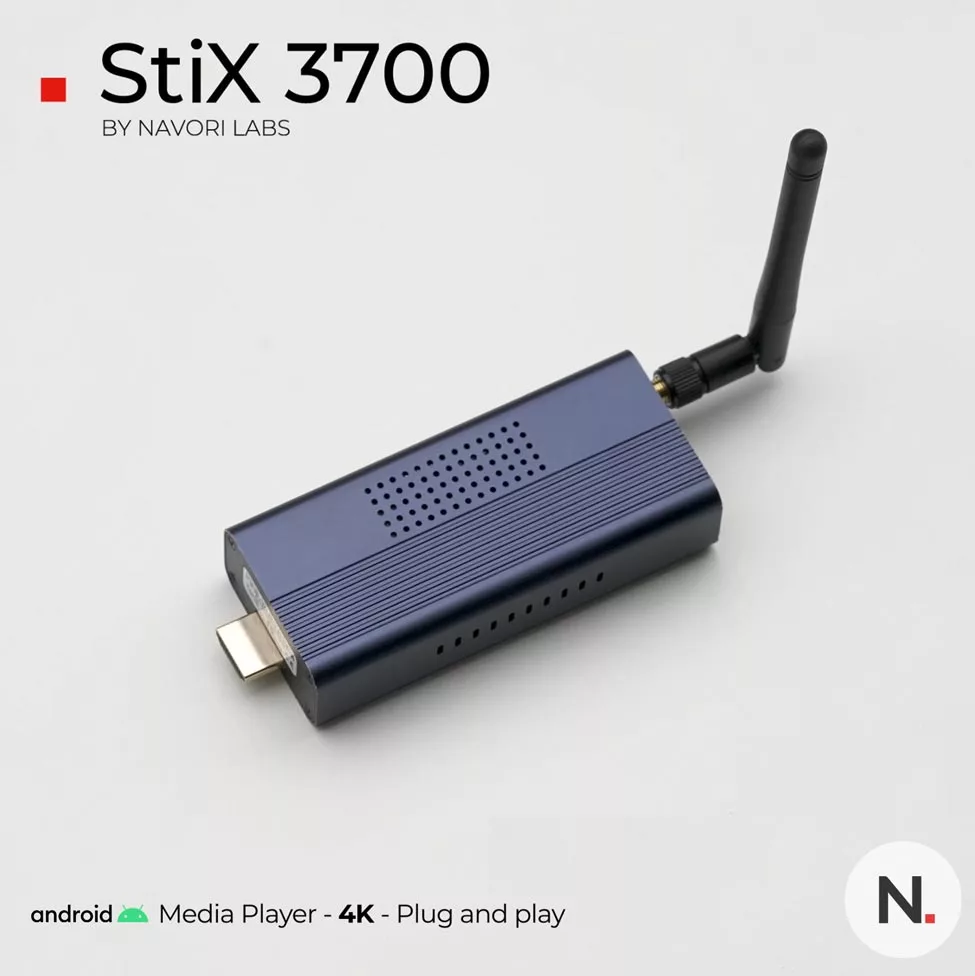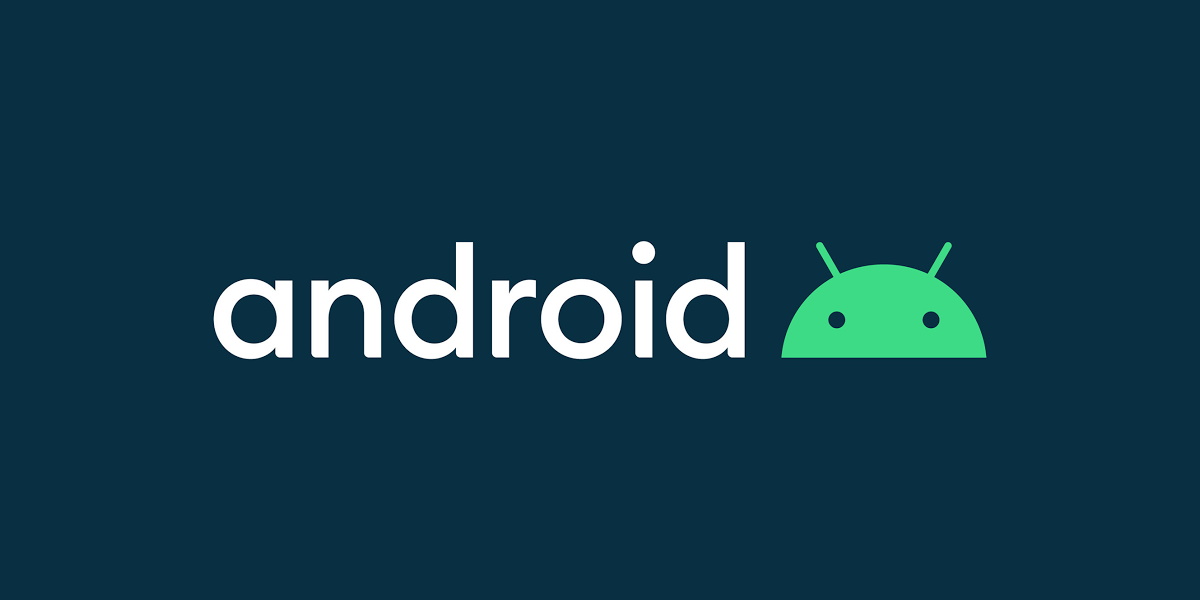Why are Android Media Players so Popular for Digital Signage?
Android media players are grabbing an increasingly large portion of the digital signage market while Windows PCs are relegated to the video walls and niche applications. Why is that?
Android digital signage players offer several economical and technological advantages over Windows PCs.
About Android-based digital signage
Android is a mobile operating system that builds on the Linux kernel and other open-source software, renowned for its reliability. It is widely used in Android-based digital signage players and interactive tablets.
Android also operates in consumer electronics like Google Chromecast and TV Sticks. However, these devices are intended for casual use, such as home entertainment, and do not meet the demands of commercial digital signage applications. They lack the necessary features for dependable, continuous operation all year round and are not suitable for professional digital signage purposes.
Android digital signage features
Android media players often provide applications and functionalities comparable to those found on Windows PCs.
- Remote Control Applications: Tools like TeamViewer are available for Android, offering valuable remote support capabilities.
- Networking Capabilities: Both Wi-Fi and wired connections are fully supported by Android media players.
- Hardware Control: Devices like the Navori Stix 3700 feature HDMI-CEC support, allowing for automatic screen on/off control.
- Expandable Storage: Android devices often include SD card slots for additional storage.
- High-Resolution Support: Android devices like the Navori Stix 3700 support 4K resolution and can manage multiple displays, making them ideal for applications such as restaurant menu boards and video walls.
Cost Effectiveness of Android Digital Signage Players
Android digital signage players are typically much more affordable than Windows PCs. Here’s why:
- Lower Hardware Requirements: Android players don’t need the same level of customization or expandability as PCs. There’s no need to upgrade RAM or GPU, and many include an SD card slot for additional storage if needed.
- Functionality Out of the Box: Android media players meet the needs of digital signage applications right from the start, without additional modifications.
- No Licensing Fees: Unlike Windows, there is no “Microsoft tax” on Android devices. Android is based on an open-source platform, so there are no costly OS licensing fees that would otherwise increase the overall deployment costs significantly, impacting your budget.

Reliability
The reliability of Android as a mobile operating system, which powers the majority of the world’s smartphones and tablets, is one key reason for its rising popularity in digital signage. Unlike Windows, which is infamous for the “blue screen of death,” Android offers stability that is essential for media players.
Given that most digital signage operates continuously, around the clock, the durability and dependability of the system are critical. Android media players, particularly purpose-built devices like Navori’s STiX media players, have demonstrated exceptional reliability. When selecting an Android media player, it’s important to choose those specifically designed and engineered for digital signage applications to ensure optimal performance and longevity.
Ease of deployment
Android media players offer a compact, solid-state design and an integrated architecture that not only saves space but also consumes less energy compared to Windows PCs. While Windows is available on mini-PCs and PC sticks, these tend to be underpowered with limited functionalities, suitable only for basic digital signage operations.
Android media players are “plug and play,” meaning they require minimal setup, making them an excellent choice for digital signage beginners or for those deploying multiple units. This simplicity and efficiency in setup provide a significant advantage over the more complex configuration demands of Windows PCs.
Performance
Professional-grade Android media players, such as Navori STiX, often outperform even well-equipped Windows PCs. These Android devices are capable of managing complex multi-screen setups and streaming 4K content at high speeds. In contrast, Windows PCs capable of handling multi-screen digital signage typically require costly video cards and additional memory to operate effectively.
Versatility
Most Android media players feature Wi-Fi connectivity, and some models also include an RJ-45 port for wired network connections. Navori’s STiX standalone player provides both options along with an external Wi-Fi antenna for enhanced versatility.
Additionally, Android media players support interactivity when paired with a compatible touchscreen, such as tablets, transforming them into instant kiosk devices. Developing and deploying interactive applications on Android devices is simpler and more straightforward than on Windows PC-based kiosks, making them a more accessible option for interactive digital signage.
Multi-platform compliance
Media players are only as good as the software that drives them. Navori Player is available for Android digital signage players, Windows, BrightSign, Samsung Tizen, and many other System-on-Chip displays. Navori digital signage software can operate in mixed environments where there are different types of standalone player devices, delivering the same feature and performance across each platform.
Consider the Navori Stix 3700 for your project
Responding to market demand, Navori Labs developed the commercial-grade Android standalone player, Stix 3700. It offers PC-like performance in a compact and discreet package. Equipped with a built-in HDMI port, SD card slot for external storage, multiple USB ports, and both Wi-Fi and wired networking capabilities, the Stix 3700 is a robust digital signage solution. Designed for continuous operation, it comes with a 3-year warranty, ensuring reliability and customer satisfaction.

 Copy link
Copy link